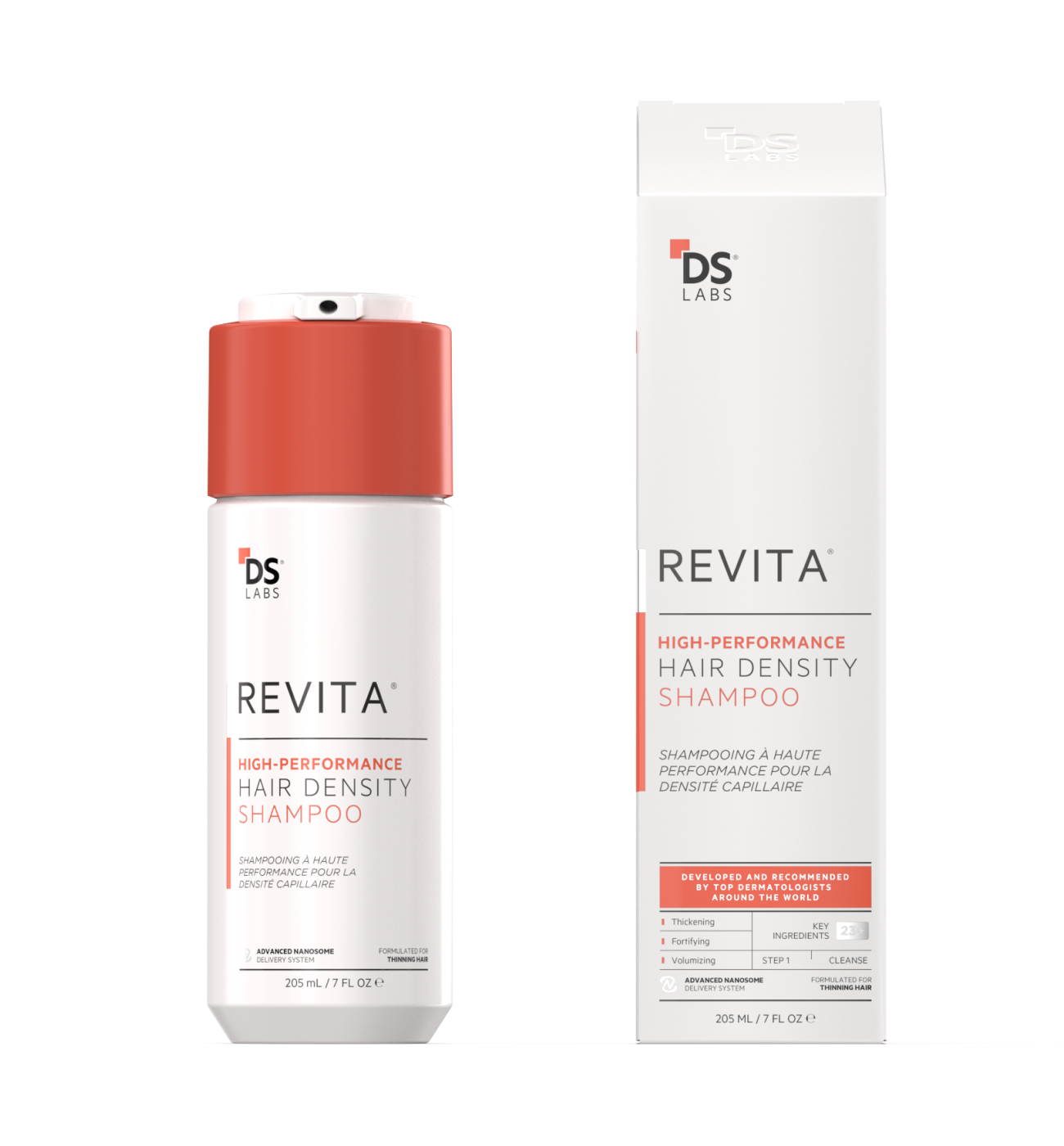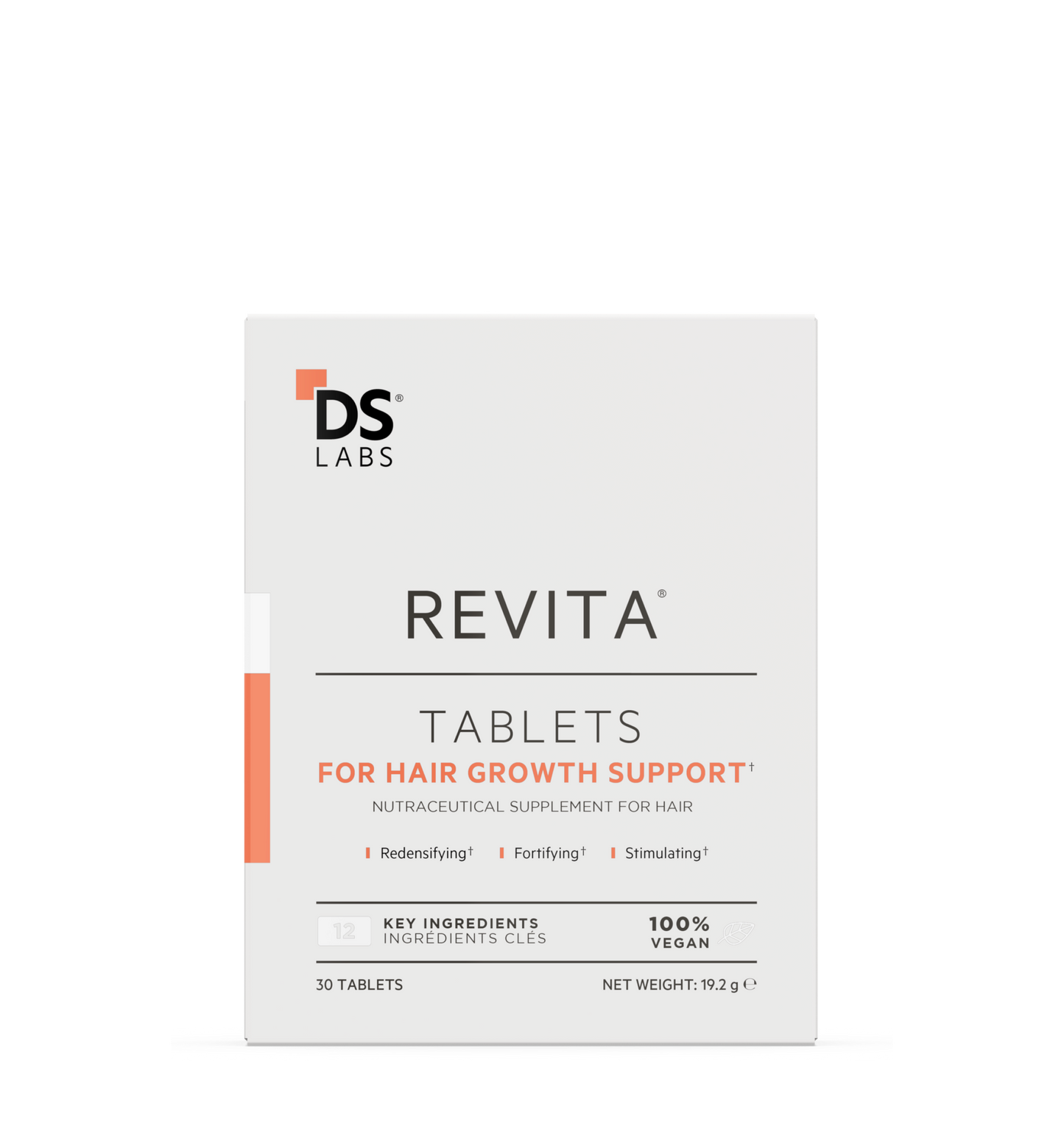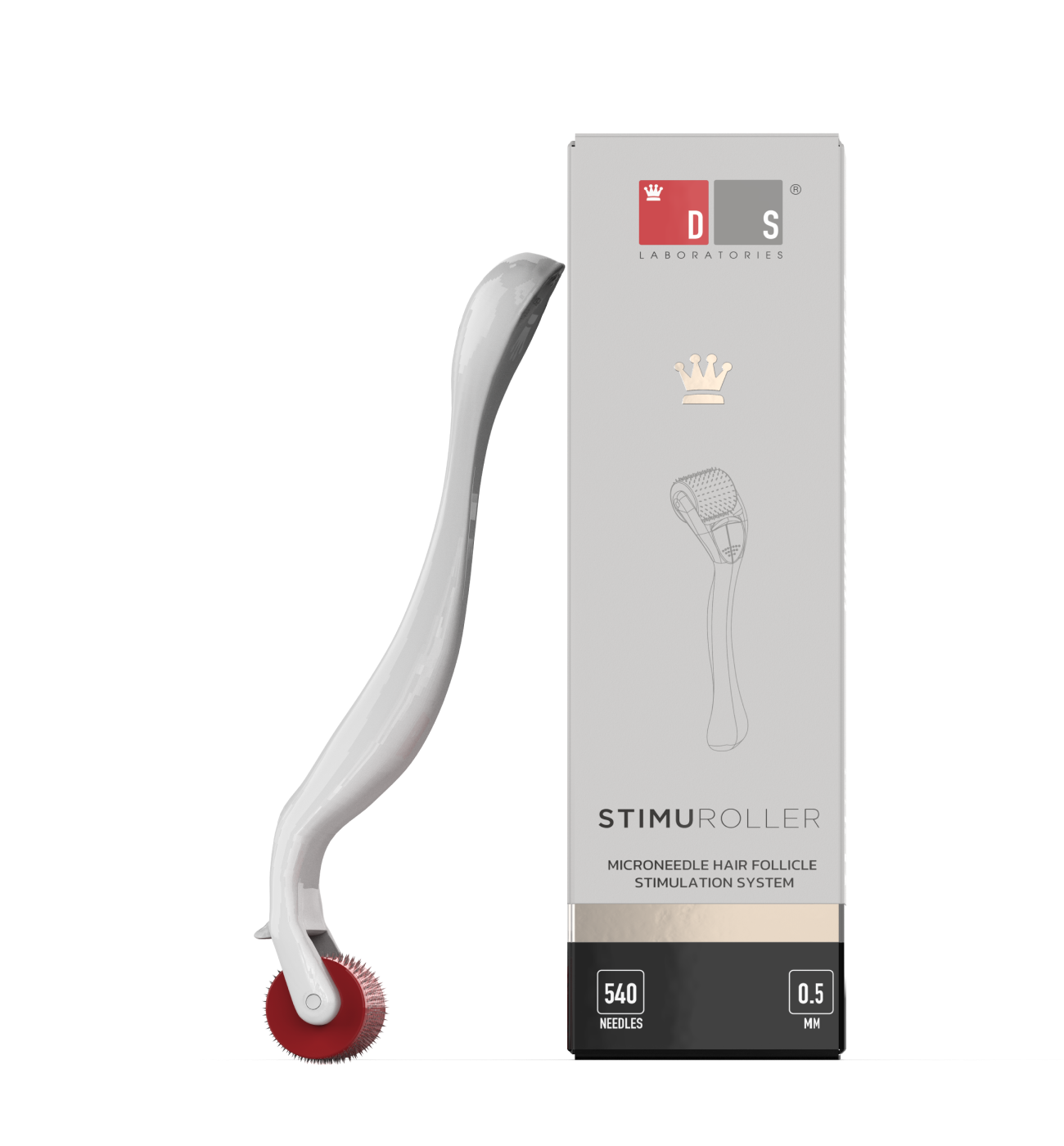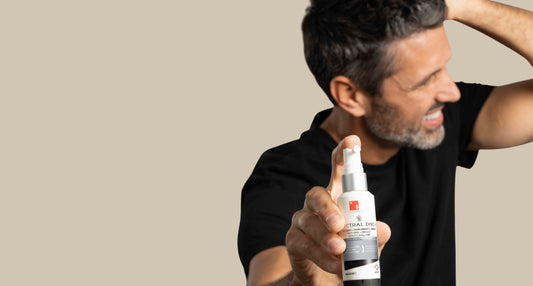Traction alopecia is a form of hair loss caused by too much tension on the scalp. Generally, this form of hair loss is temporary, but when there is too much traction sustained for an extended period of time (think years), it can lead to permanent hair loss. The primary cause of traction alopecia is tight hairstyles, such as tight braids, sleek ponytails, and dreadlocks. Indeed, even exceptionally thick hair weighted down by length can also lead to alopecia. If you notice hair loss and wear any styles that pull on your hair, the best thing you can do is stop right away. The sooner you stop, the more likely you will see your hair start to grow back again. But that window of temporary hair loss may have passed if you notice the following signs of permanent traction alopecia.
Small bumps appear around your hair follicles.
The first sign many people with permanent traction alopecia recall is the appearance of small white or flesh-colored bumps on the scalp. They can occur all over but are generally visible on the hairline, where some of the most significant traction occurs. Some people find these bumps to be similar to acne. The bumps may eventually go away, or they may continue to persist once you have further signs show up. You will want to avoid touching these bumps and picking at them, as it may cause the skin to break open and lead to infection.
You have missing or broken hairs along your hairline.
Given that most of the pull or traction occurs on the hairline, this is the first area where you will likely see changes. Short, broken, and missing strands are an indicator of this form of alopecia over others. For example, if you have the more common form of alopecia called androgenic alopecia, you will not have broken or shorter strands, but you will only have missing strands.
Redness, irritation, and itching of the scalp.
These symptoms can surely be a sign of a number of issues aside from traction alopecia, but when it is accompanied by broken strands and bumps, it is often yet another sign of permanent traction alopecia. With the constant pulling on the hair follicles, the scalp can become inflamed, irritated, and even sensitive to the touch.
Folliculitis, blisters, and scarring form.
Folliculitis, or inflammation of the hair follicles, is a late sign of traction alopecia that may lead to pus-filled blisters and scarring. When you see these signs, it is most likely that your hair follicles will cease to produce hair in this area.
Who is commonly affected by traction alopecia?
Anyone who wears tight hairstyles can get traction alopecia. However, it is especially common in certain groups of people who wear their hair a specific way, including African American women. Of course, it can also be problematic for people who wear their hair a certain way for their profession or passions, including ballerinas, gymnasts, and swimmers. Some people also have a behavioral tendency to pull or tug on their hair, which can also lead to traction alopecia over time.
How can you prevent traction alopecia?
As you probably have already put together, avoiding tight hairstyles is key to preventing this avoidable condition. However, there are other hair care practices that you can employ to encourage hair regrowth.
- Frequently switch your hairstyle up by wearing braids one day to having it loose the next, to putting it in a low, messy bun.
- Avoid harsh chemical processes, such as texture treatments and coloring.
- Limit the use of hot styling tools, especially those that pull the hair.
- Take your hair down immediately following frequent activities like gymnastics, ballet, sports practice, etc.
- Avoid rollers, or if you need to use them, do not sleep in them, but instead, wrap your hair.
- Only wear weaves or extensions for a short amount of time.
- Avoid hair relaxers.
- Use sun protection on your head to avoid burning your scalp or damaging hair with harmful UVB rays.
- Be gentle when brushing your hair, and use products to help smoothly detangle your hair as opposed to aggressive brushing.
- Take hair regrowth supplements and eat a well-balanced diet.
- Consider using a hair regrowth solution like Nanoxidil 5% or minoxidil 5% to encourage hair regrowth.
- Cut hair to a shorter length if it is particularly long and heavy.
- Rule out other causes of hair loss, such as androgenic alopecia.












